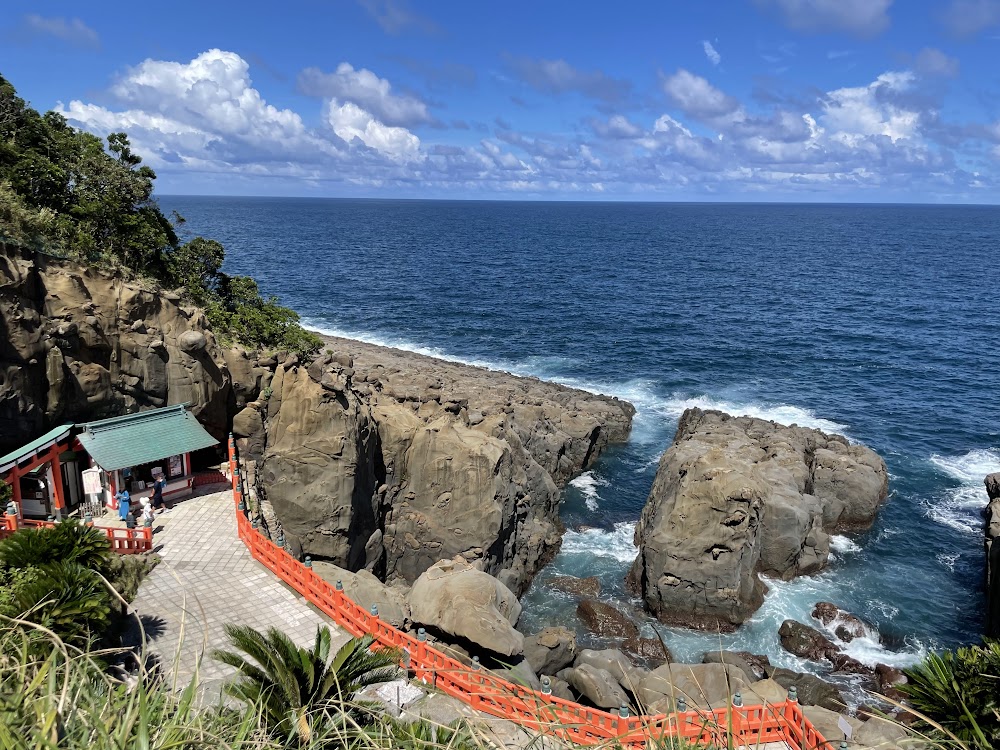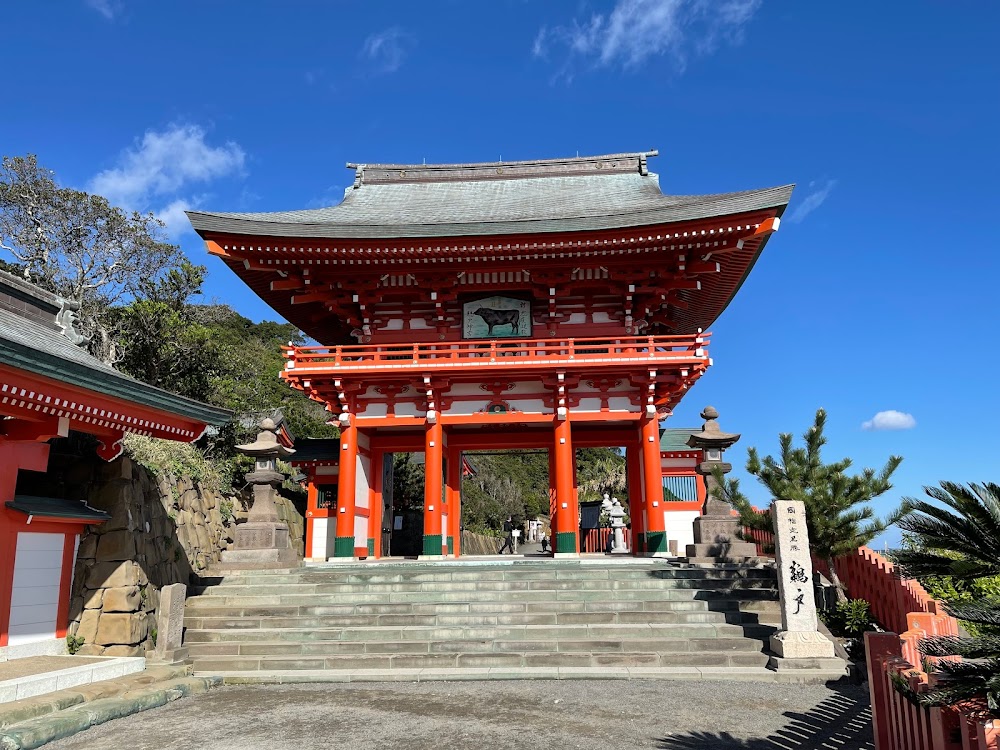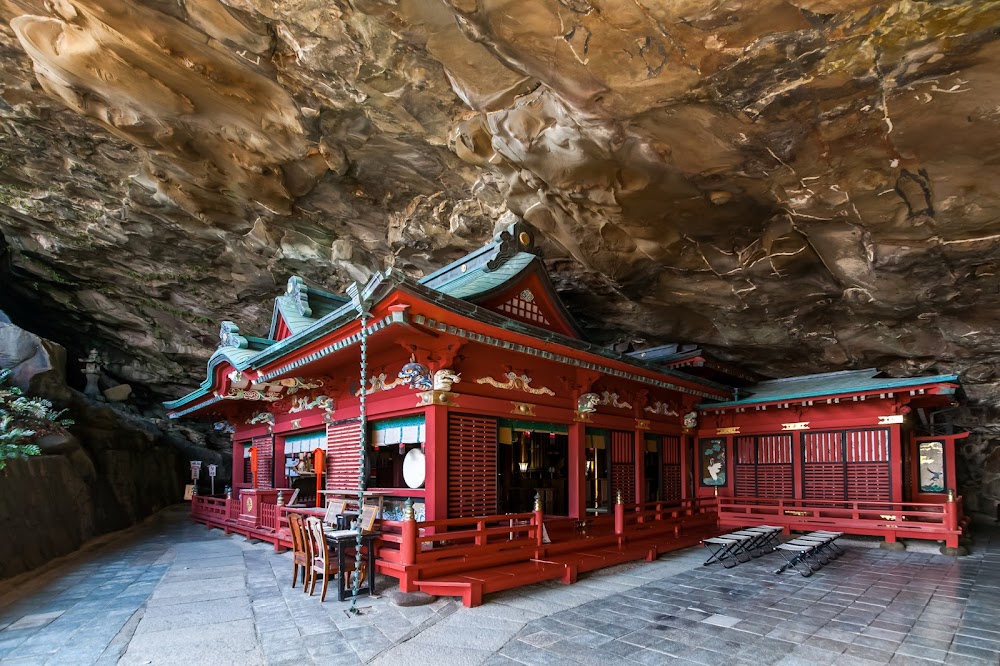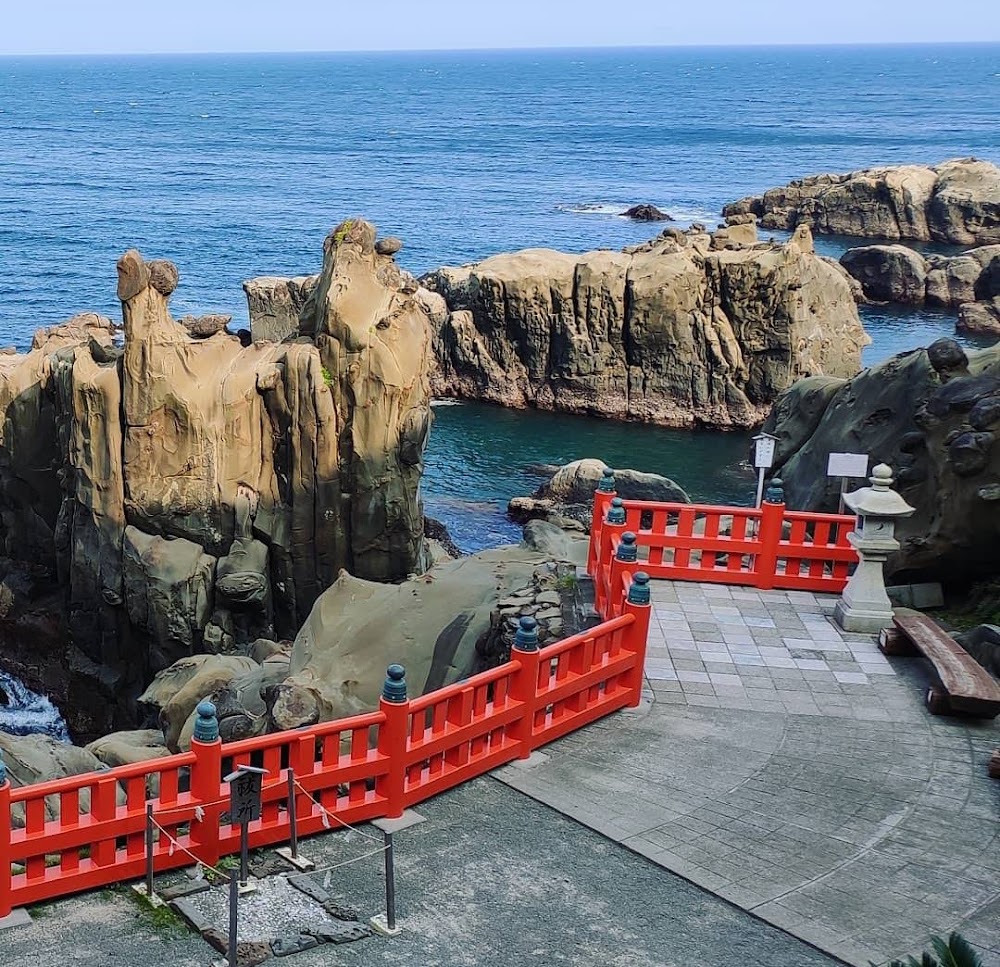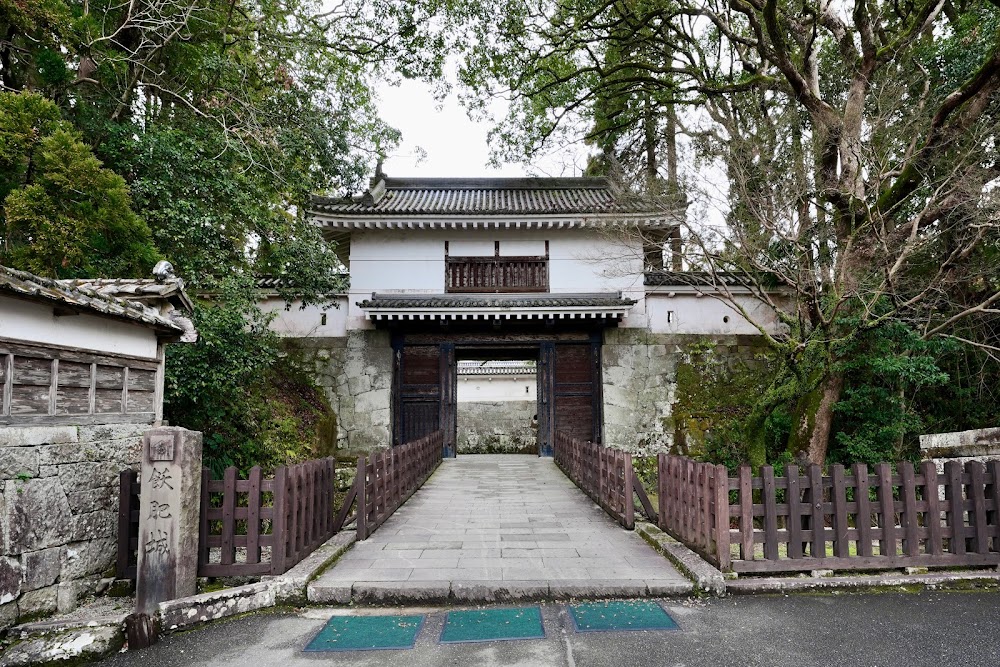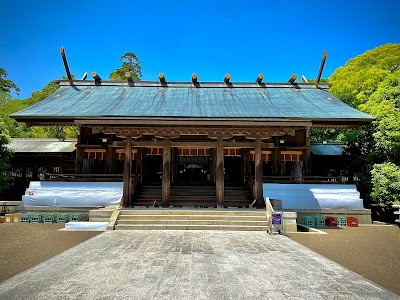Udo Shrine (鵜戸神宮)
Related Places
Overview
Nestled along the breathtaking Nichinan Coastline in Miyazaki Prefecture, Japan, **Udo Jingu** is a stunning Shinto shrine perched atop cliffs that overlook the vast Pacific Ocean. Celebrated for its scenic beauty and deep-rooted history, this sacred site is intrinsically linked to Japanese mythology, making it a must-visit destination for both spiritual seekers and nature lovers alike.
According to legend, Udo Jingu is dedicated to **Ugayafukiaezu-no-Mikoto**, the father of the mythical Emperor Jimmu, who is revered as Japan's first emperor. It is said that this shrine marks the miraculous birthplace of Ugayafukiaezu, born to Princess Toyotama—a sea princess who married a human prince. The tale recounts that she gave birth within a cave at the very location of the shrine, only to return to her underwater realm after his birth, adding to the shrine's enchanting allure.
The architecture of Udo Jingu is a marvel in itself. The shrine is artfully built into a cave and is set partway up the cliffside, accessible via a long, steep staircase adorned with vibrant vermillion torii gates. This visually striking approach enhances the spiritual ambiance, inviting visitors to immerse themselves in tranquility and a sense of connection to the divine.
**Historical Significance**: Established during the reign of Emperor Sujin, Japan's 10th emperor, Udo Jingu has seen several reconstructions throughout its extensive history. The most recent renovation took place during the Meiji era (1868–1912), ensuring that the shrine remains both stable and accessible while preserving its rich historical essence.
A standout feature of Udo Jingu is its **elaborate honden**, or main hall. Adorned with intricate carvings and vibrant paintings that depict scenes from Japanese mythology, the design of the honden reflects the protective nature of the deities believed to inhabit the shrine, creating a captivating atmosphere for visitors.
One of the shrine’s unique practices is the **throwing of undama**, or "lucky stones." These small clay balls are traditionally tossed into a turtle-shaped rock pool located at the cliff's base. Men throw with their left hand, while women use their right, and successfully landing a stone in the pool is thought to bring blessings of health, prosperity, and success in familial matters.
Udo Jingu is also renowned for its **life-giving water**, which drips from the rocks within the cave. This sacred water is believed to assist in childbirth and child-rearing, drawing many expectant mothers and families seeking blessings for their children’s well-being.
After paying their respects at the shrine, visitors often venture into the surrounding area, where the stunning views of the Pacific Ocean merge seamlessly with lush green foliage. This serene setting creates an idyllic backdrop for photography and leisurely strolls, enriching the experience of this sacred place.
Additionally, the shrine grounds feature various smaller auxiliary shrines and statues, each holding its own significance, adding layers to the spiritual tapestry of the complex. It’s common for visitors to wander these paths, honoring the different deities believed to reside within these hallowed spaces.
In summary, Udo Jingu stands as a remarkable testament to Japan's cultural heritage, interweaving spirituality, mythology, and natural beauty. The ongoing traditions and meticulous preservation of this shrine reflect the profound reverence that the Japanese people hold for their history, making it a captivating destination that resonates with both locals and travelers alike.


